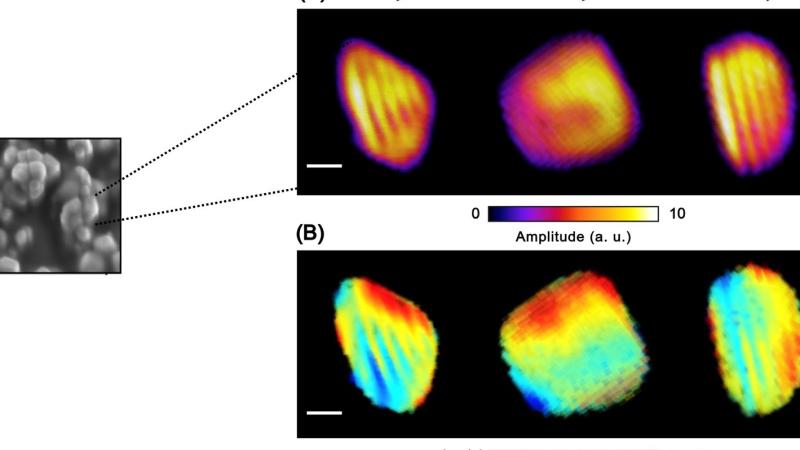March 11, 2020

The potential for ferroelectric materials — which spontaneously demonstrate an electrical polarization that can be changed by a stress, strain, or electrical field — to enable next-generation technologies is extremely promising. The ability of these materials to convert energy from one form to another means the potential applications are quite expansive.
But engineers and scientists face a challenge in understanding and controlling these materials at the nanoscale.
In research recently published in Advanced Electronic Materials, a team of researchers from Rensselaer Polytechnic Institute demonstrated a new technique for visualizing the behavior of needle-like nanotube structures within a ferroelectric material, known as ferroelectric domains.
This network of needles, said Edwin Fohtung, an associate professor of materials science and engineering at Rensselaer, is the underlying element that enables energy conversion.
For example, if researchers apply an external field, the crystals that make up these domains will compress or extend. If researchers apply optical lasers, they can excite the crystals causing vibrations that change the orientation of the domain.
“What excites me most about this finding is the fact that we can develop techniques that we can see down to the nanoscale and control properties of materials down to the electronic level,” Fohtung said. “This can be applied to whole classes of materials like metals, polymers, and control properties down to the electronic level.”
Fohtung was the lead author on this study. He was joined by Elijah Schold, a doctoral researcher at Rensselaer.